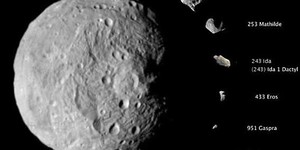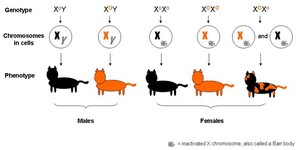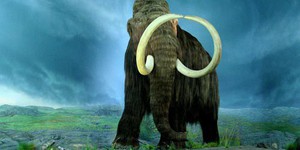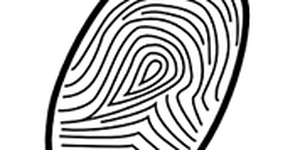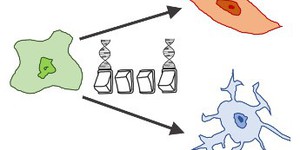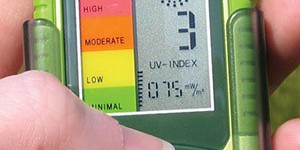Others Like “How Much DNA Can You Pack into a Cell?” (top 20 results)
|
Did you know that in addition to the Sun and planets, our solar system is filled with millions of asteroids, which are chunks of rock left over from the early days of its formation, or from collisions between larger objects like planets? Agencies like NASA track asteroids, not only because they might pose a threat to humanity by colliding with Earth, but because they can provide us with information about the history of our solar system, and even be useful for mining raw materials in space! In…
Read more
Have you ever seen a tortoiseshell cat? "What kind of cat is that?" you might ask. A tortoiseshell cat has two different fur colors, black or brown and red or orange. The gene that gives rise to the red or orange fur color is on the X chromosome. And did you know that most tortoiseshell cats are female? That's because female cats have two X chromosomes, while males only have one, which allows the females to express two different color combinations! Try this science fair project to figure out…
Read more
Woolly mammoths shook the ground of ice-age tundras for millennia, living next to saber tooth tigers and prehistoric man. Although they have been extinct for thousands of years, scientists continue to learn more and more about this mighty animal. Some of the most exciting new research is being produced by looking at DNA extracted from the hair and bones of woolly mammoths entombed in ice. In this genomics science fair project, you will use bioinformatics tools to determine the woolly mammoth's…
Read more
Have you ever looked at two girls and thought they looked so similar that they must be sisters? What about a father and his son — have you ever seen a boy who looked just like how his father did when he was younger? We can often tell that two people are related because they appear to have several similar physical traits. This is because children receive half of their DNA — their genetic blueprints — from each parent. What about fingerprints — are they an inherited trait?…
Read more
Ever used a pair of molecular scissors? Restriction enzymes are molecular scissors that cut DNA into pieces. Find out which enzymes will cut, and where by making a restriction map. Then you can figure out what will happen if you change the sequence of the DNA. Will the same enzymes still cut the new DNA sequence?
Read more
You have probably seen figures showing how human beings are related to chimpanzees, gorillas, and other primates. In this genomics science fair project, you will use bioinformatics tools to generate your own primate family tree.
Read more
Did you ever wonder about your ancient ancestors? Who they were? Where they came from? In this science project, you will investigate the secrets of your distant past as revealed by your DNA. In order to obtain a sample for DNA analysis, you will scrape a soft swab inside your mouth to collect cheek cells. The cheek cell sample will be sent to a lab for processing, and the results of the analysis will be sent to you. Based on the genetic markers in your DNA, the ancient clan that your…
Read more
In the first decade of the 21st century, scientists found ways to make one adult cell type turn into a completely different cell type. This has huge implications for the medical field, including being able to take some cells that a person could spare, such as skin cells or blood cells, and turn them into another cell type that might be much more important for that person to have, such as cells to make a new kidney. How are scientists able to accomplish this amazing feat of "reprogramming" the…
Read more
It's true that the light from the Sun provides the heat and light we need to survive here on Earth, but it also poses a threat. Ultraviolet (UV) rays in sunlight cause damage that can lead to early skin aging and even skin cancer. In this science fair project, find out when you need the most protection from UV rays by using a personal UV monitor to measure how the level of ultraviolet light changes during different parts of the day.
Read more
Comets—big lumps of rock, ice, and frozen gases that orbit the Sun—are among the most amazing
heavenly objects seen in the night sky. The glowing tail behind the comet's nucleus inspires wonder.
But did you know that a comet's tail is evidence that it's melting? As a comet passes by the Sun on
its orbital path, it starts to melt. But do bigger comets melt faster than smaller comets? In this
astronomy science project, you will investigate how the size of the comet affects the…
Read more
|
Explore Our Science Videos
Aluminum Foil Boat Design - STEM Lesson Plan
Write and Read Braille – STEM activity
Build a Wind-Powered Car


